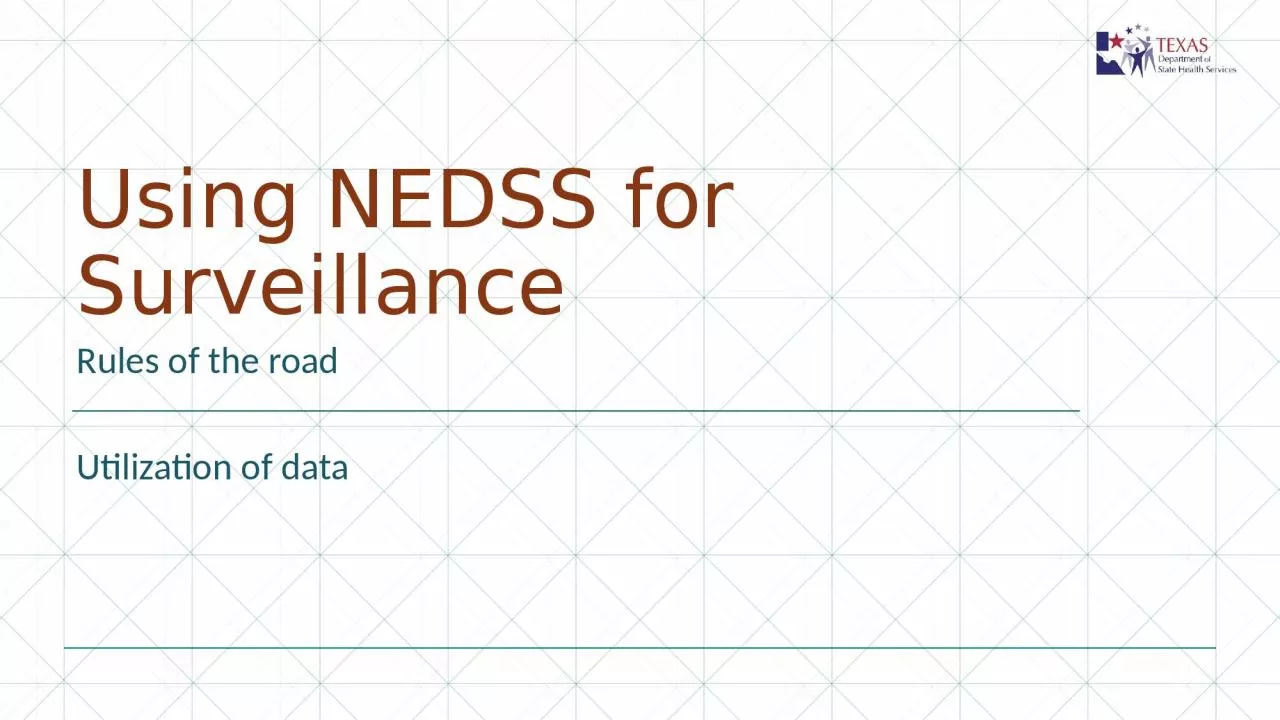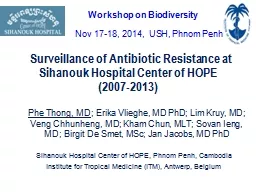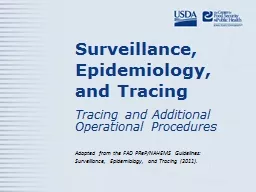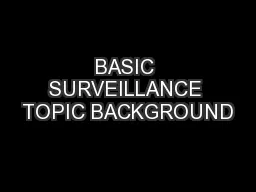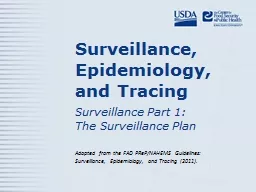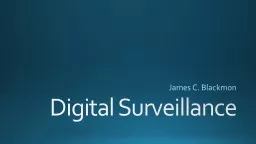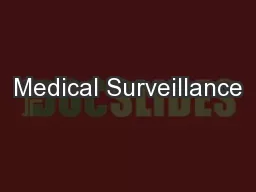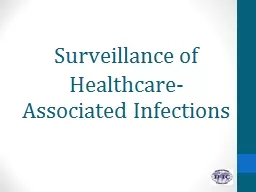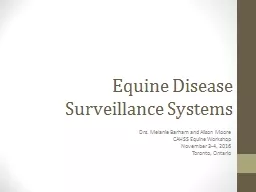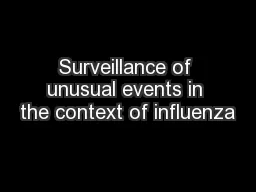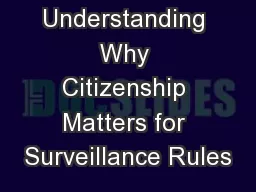PPT-Using NEDSS for Surveillance
Author : cecilia | Published Date : 2024-03-13
Rules of the road Utilization of data National Electronic Data Surveillance System NEDSS NEDSS Based System NBS httpstxnedssdshsstatetxus8009loginloginasp Epidemiologist
Presentation Embed Code
Download Presentation
Download Presentation The PPT/PDF document "Using NEDSS for Surveillance" is the property of its rightful owner. Permission is granted to download and print the materials on this website for personal, non-commercial use only, and to display it on your personal computer provided you do not modify the materials and that you retain all copyright notices contained in the materials. By downloading content from our website, you accept the terms of this agreement.
Using NEDSS for Surveillance: Transcript
Download Rules Of Document
"Using NEDSS for Surveillance"The content belongs to its owner. You may download and print it for personal use, without modification, and keep all copyright notices. By downloading, you agree to these terms.
Related Documents

